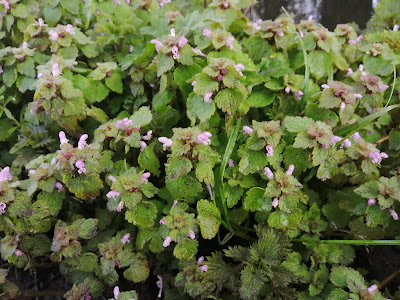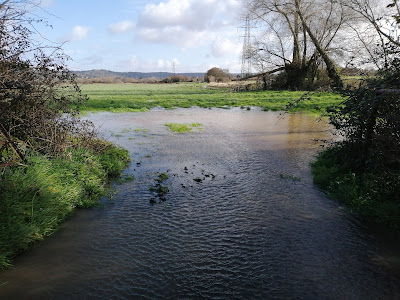Red dead nettle (Lamium purpureum)

Common name: red dead nettle Species name: Lamium purpureum Plant type: perennial herb Origin : Europe and Asia, native to the UK. Flowering period : February to November Description: Very similar to a stinging nettle, but the leaves do not sting and are softer. The flowers are large and dark pink. It grows in patches, mostly in hedgerows and along paths and verges. Location: common . In the SSSI they can be found in hedgerows, by gates, on banks and along the Drove. Possible confusion: stinging nettle and red dead nettles are similar. Stinging nettles are larger, with rougher leaves that sting. White dead nettles are the same height as red dead nettles but have white flowers.


